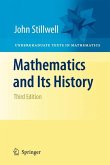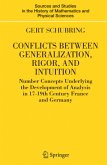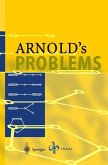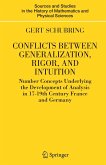This book explores the origins of mathematical analysis in an accessible, clear, and precise manner. Concepts such as function, continuity, and convergence are presented with a unique historical point of view. In part, this is accomplished by investigating the impact of and connections between famous figures, like Newton, Leibniz, Johann Bernoulli, Euler, and more. Of particular note is the treatment of Karl Weierstraß, whose concept of real numbers has been frequently overlooked until now. By providing such a broad yet detailed survey, this book examines how analysis was formed, how it has changed over time, and how it continues to evolve today. A Brief History of Analysis will appeal to a wide audience of students, instructors, and researchers who are interested in discovering new historical perspectives on otherwise familiar mathematical ideas.
"This book is about basic concepts in mathematics, mainly in the field of the definition of number and its relation to analysis. It provides historical facts and discusses their connections with the transformations in what we call today analysis. The style of the book is, I would say, almost journalistic ... . The author makes extensive use of italics, framed boxes, inverted commas, exclamation marks and other stylistic devices to attract the attention of the reader ... ." (Pelegrí Viader, Mathematical Reviews, February, 2024)








